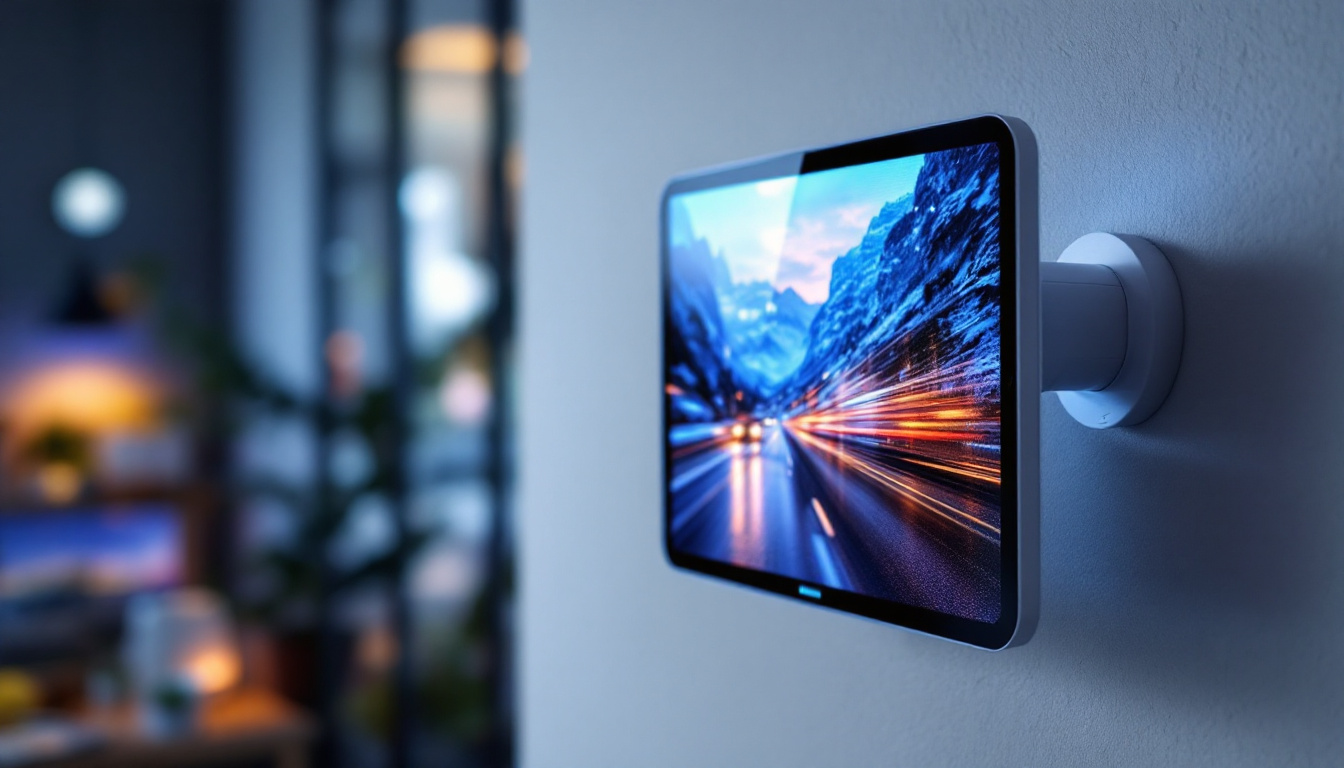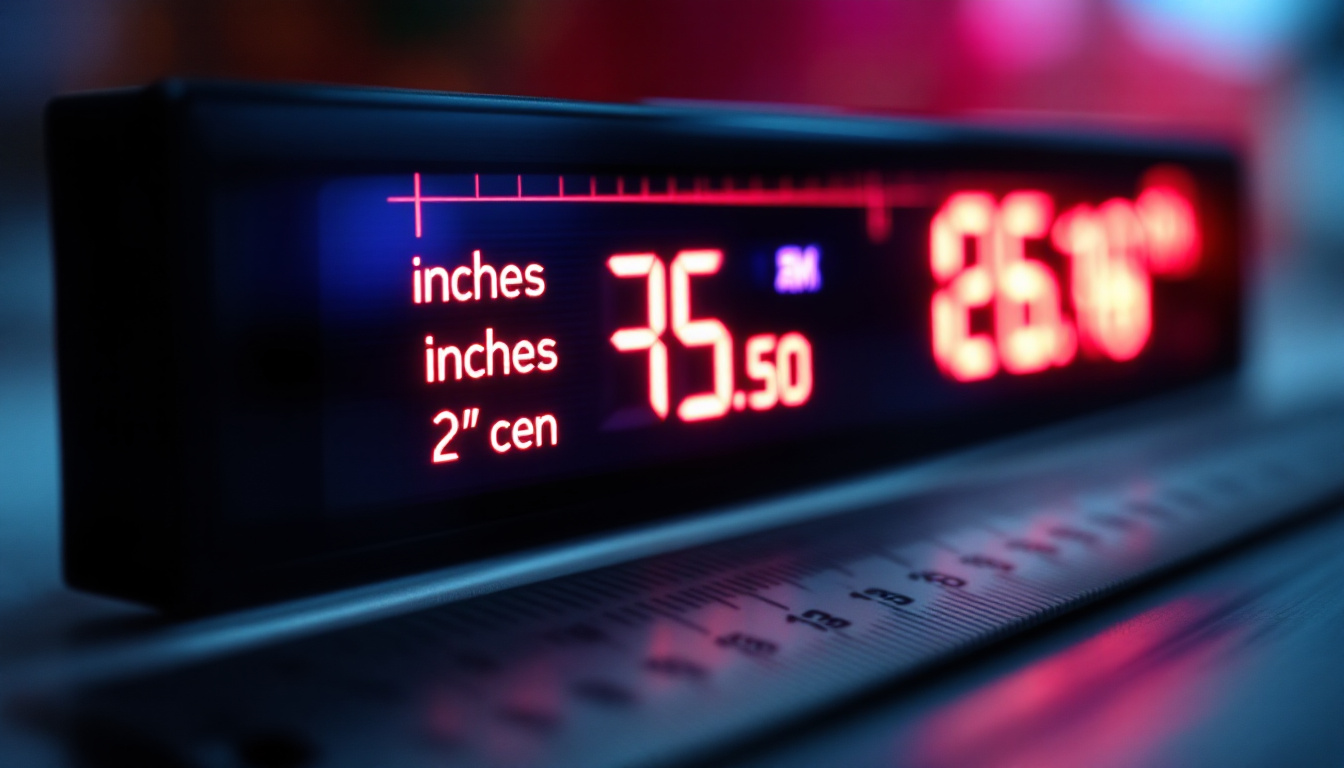The clock key is an essential tool for clockmakers and enthusiasts alike, allowing for the adjustment and winding of clock mechanisms. Among the various types available, the 2.6mm left-thread clock key stands out due to its unique specifications and applications. This article delves into the intricacies of the 2.6mm left-thread clock key, focusing on its LED display features, functionality, and practical applications.
Understanding the Clock Key
A clock key is a specialized tool designed to interact with the winding mechanisms of various clock types. It typically features a square or hexagonal shaft that fits into the winding arbor of a clock. The left-thread designation refers to the direction in which the key must be turned to wind the clock, which is counterclockwise in this case. This unique threading is not just a quirk of design; it often reflects the intricate engineering of the clock itself, which may have been crafted with specific winding requirements in mind, particularly in older or more intricate models.
Types of Clock Keys
Clock keys come in various sizes and thread orientations, catering to different clock designs. The most common sizes range from 1.5mm to 8mm, with the 2.6mm size being particularly popular among antique clock restorers. The left-thread configuration is less common, making it essential for specific clock models. In addition to size and threading, clock keys can also vary in material, with options ranging from brass to steel, each offering different levels of durability and aesthetic appeal. For collectors and restorers, the choice of material can significantly impact not only the functionality of the key but also the overall preservation of the clock’s historical integrity.
Importance of the Right Size
Using the correct size clock key is crucial for the proper functioning of a clock. A key that is too small may slip, causing damage to the winding mechanism, while a key that is too large can lead to stripped gears or other mechanical failures. Therefore, selecting the 2.6mm left-thread clock key for compatible clocks ensures optimal performance and longevity. Additionally, the precision of these keys is essential in maintaining the delicate balance of the clock’s internal components. A well-fitted key not only allows for smooth winding but also minimizes the risk of wear and tear on the clock’s gears, which is particularly important for vintage pieces that may have already experienced significant aging. Regular maintenance and the use of the appropriate tools, such as a correctly sized clock key, can help preserve the functionality and beauty of these timepieces for generations to come.
The Role of LED Displays in Clock Keys
Modern advancements have introduced LED displays into various tools, including clock keys. These displays enhance the user experience by providing real-time feedback and information. In the context of the 2.6mm left-thread clock key, an integrated LED display can significantly improve usability. By allowing users to visualize the winding process, these displays reduce the likelihood of user error and promote a more intuitive interaction with the clock mechanism.
Features of LED Displays
LED displays offer several features that enhance the functionality of clock keys. They can provide information such as the current winding status, battery level, and even alerts for maintenance needs. This level of feedback is particularly beneficial for clockmakers who require precision in their work. Furthermore, some advanced LED displays may include customizable settings, allowing users to adjust the brightness or even the color of the display to suit their working environment. This adaptability can make a significant difference in low-light conditions, ensuring that clockmakers can work comfortably without straining their eyes.
Benefits of Using an LED Display
One of the primary benefits of incorporating an LED display into a clock key is the increased accuracy it provides. Users can easily monitor the winding process, ensuring that the clock is wound correctly without over-winding, which can lead to mechanical issues. Additionally, the display can help users track the time since the last winding, promoting better maintenance practices. The integration of timers and alerts can also encourage regular upkeep, which is crucial for maintaining the longevity of intricate clock mechanisms. Moreover, the visual representation of data can help novice clockmakers learn the nuances of clock maintenance more quickly, as they can see the effects of their actions in real time, fostering a deeper understanding of the mechanics involved.
How to Use the 2.6Mm Left Thread Clock Key with LED Display
Using a 2.6mm left-thread clock key equipped with an LED display is straightforward, but it requires some attention to detail. Proper usage ensures that the clock remains in good working condition and prevents potential damage. The integration of an LED display not only enhances usability but also provides valuable feedback during the winding process, making it easier for both novice and experienced users to maintain their timepieces effectively.
Step-by-Step Guide
To effectively use the clock key, follow these steps:
- Identify the Clock Mechanism: Before using the key, ensure that the clock is compatible with a 2.6mm left-thread key. Check the winding arbor for the correct fit. This step is crucial, as using the wrong size can lead to stripped threads or damage to the clock’s internal components.
- Power On the LED Display: If the clock key features a battery-operated LED display, turn it on to check the current winding status and battery level. A fully charged battery is essential for accurate readings and optimal performance.
- Insert the Key: Align the key with the winding arbor and gently insert it, ensuring a snug fit. Applying too much force can damage the key or the clock mechanism, so take care to insert it smoothly.
- Monitor the Display: As you wind the clock, keep an eye on the LED display for any alerts or notifications regarding the winding process. The display may indicate when the clock is fully wound, preventing over-winding and potential spring damage.
- Complete the Winding: Once the clock is adequately wound, remove the key and power off the display if necessary. This not only conserves battery life but also ensures that the key is ready for future use.
Maintenance Tips for the Clock Key
To ensure the longevity of the 2.6mm left-thread clock key with LED display, regular maintenance is essential. Here are some tips:
- Keep the key clean and free from dust or debris that may affect its performance. A soft cloth can be used to wipe down the key after each use, ensuring that no particles interfere with its operation.
- Check the battery of the LED display periodically and replace it as needed. Using high-quality batteries can extend the life of the LED display and maintain accurate readings.
- Store the clock key in a protective case to prevent damage when not in use. A dedicated storage solution can also help keep the key organized and easily accessible.
Additionally, consider investing in a multi-functional clock key that offers various sizes and features, allowing you to service multiple clocks with ease. Some advanced models may even include a built-in torque limiter, which can help prevent over-winding by automatically disengaging when the clock reaches its optimal tension. This feature can be particularly beneficial for antique or delicate timepieces that require gentle handling. By understanding the nuances of your clock key and implementing these maintenance strategies, you can ensure that both your key and your clock remain in excellent condition for years to come.
Common Issues and Troubleshooting
Like any tool, the 2.6mm left-thread clock key with LED display may encounter issues over time. Understanding common problems and their solutions can help users maintain optimal functionality.
Identifying Problems
Some common issues that may arise include:
- LED Display Not Turning On: This could be due to a dead battery or a faulty connection. Check the battery first and replace it if necessary.
- Key Slipping During Use: If the key does not fit snugly into the winding arbor, it may be the wrong size or the arbor may be damaged.
- Inaccurate Winding Status: If the LED display shows incorrect information, it may require recalibration or servicing.
Troubleshooting Steps
To troubleshoot these issues, consider the following steps:
- For a non-functioning LED display, replace the battery and ensure the connections are secure.
- Inspect the winding arbor for wear or damage, and ensure that the key is the correct size.
- If the winding status is inaccurate, consult the manufacturer’s instructions for recalibration procedures.
Applications of the 2.6Mm Left Thread Clock Key
The 2.6mm left-thread clock key with LED display serves various applications, making it a versatile tool for both professionals and hobbyists. Its design allows for precise adjustments in different types of clocks, from antique to modern models.
Restoration of Antique Clocks
Antique clocks often require specialized tools for restoration, and the 2.6mm left-thread clock key is ideal for this purpose. Many vintage clocks utilize left-thread mechanisms, making this key essential for proper winding and adjustment. The LED display aids restorers in tracking the winding process, ensuring that the clock is handled with care.
Maintenance of Modern Clocks
Modern clocks, particularly those with intricate mechanisms, can also benefit from using a 2.6mm left-thread clock key. The LED display provides real-time feedback, allowing users to monitor the winding process and avoid over-winding. This feature is especially useful for clocks that require regular maintenance to keep them functioning optimally.
Conclusion
The 2.6mm left-thread clock key with LED display is a valuable tool for anyone involved in clock maintenance or restoration. Its unique specifications, combined with modern technology, enhance usability and accuracy. Understanding how to use this tool effectively, along with its applications and maintenance needs, can significantly improve the clock-winding experience.
As the world of clockmaking continues to evolve, tools like the 2.6mm left-thread clock key will remain essential in preserving the art and functionality of timekeeping. Whether for professional restorers or passionate hobbyists, investing in quality tools ensures that clocks will continue to keep time beautifully for generations to come.
Discover LumenMatrix’s Advanced LED Display Solutions
As you embrace the precision of the 2.6mm left-thread clock key with LED display for your clock maintenance and restoration projects, consider the unparalleled quality and innovation that LumenMatrix offers in LED display technology. With a wide array of solutions including Indoor and Outdoor LED Wall Displays, Vehicle LED Displays, and even Custom LED Displays, LumenMatrix is committed to revolutionizing visual communication. Enhance your brand visibility and create immersive visual experiences with our cutting-edge LED display modules. Check out LumenMatrix LED Display Solutions today and see how we can help you share your message with clarity and impact.































